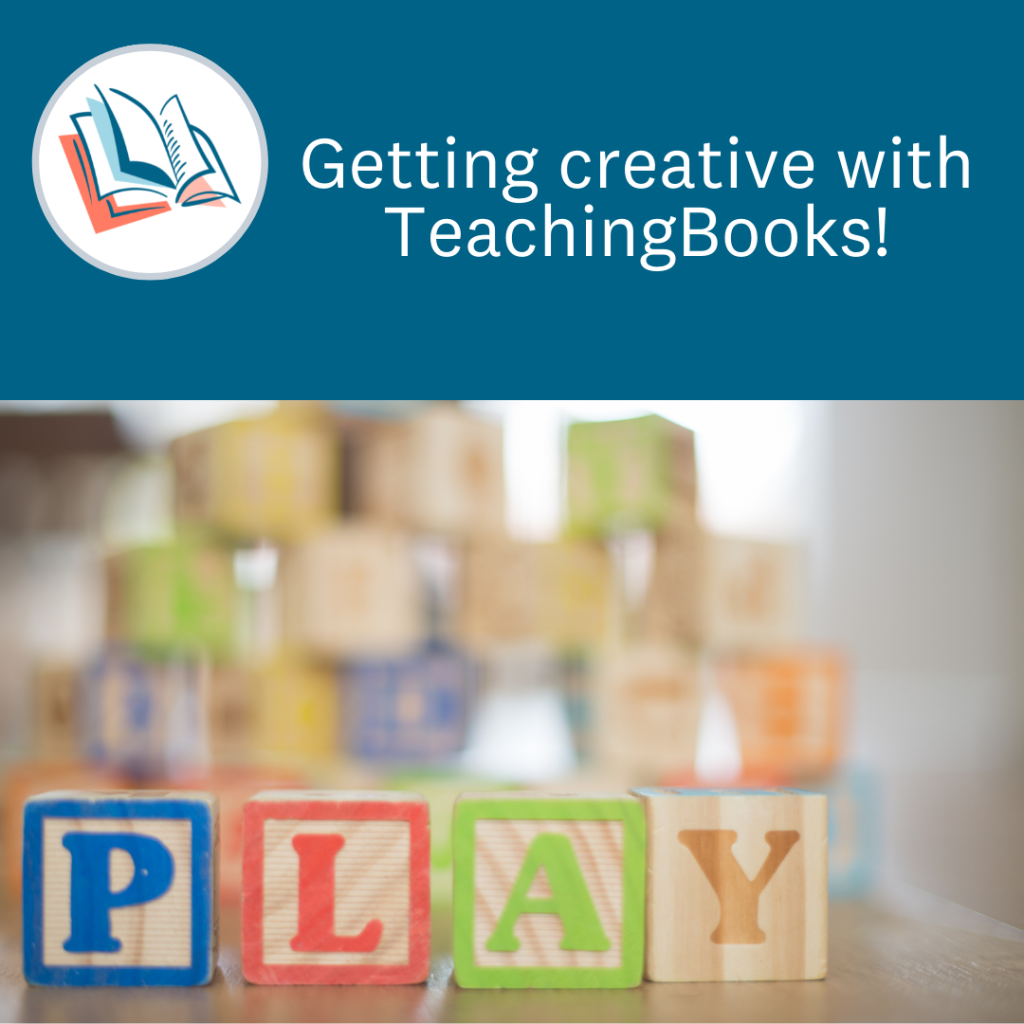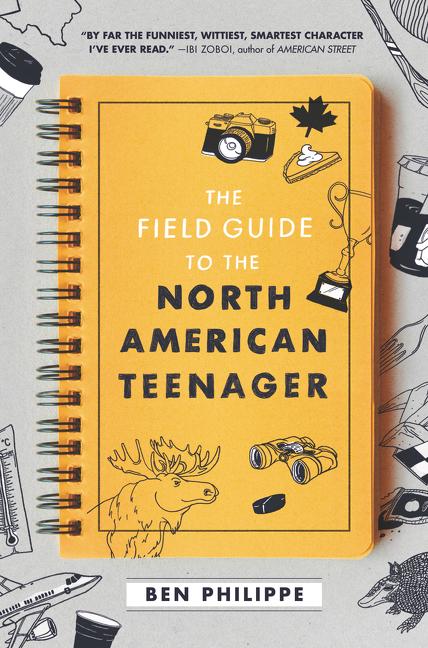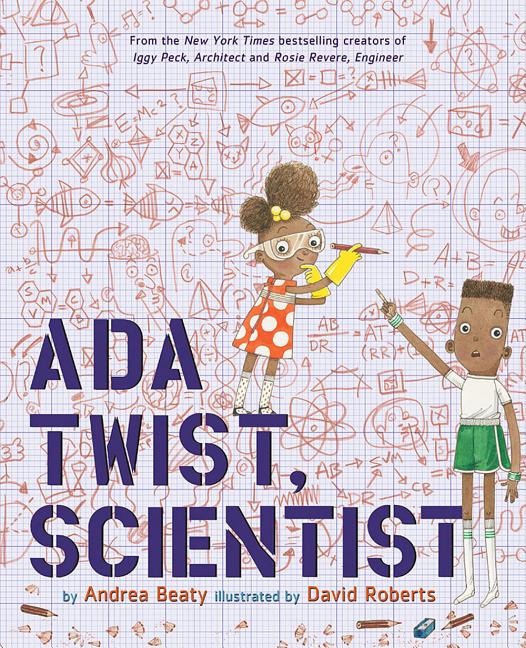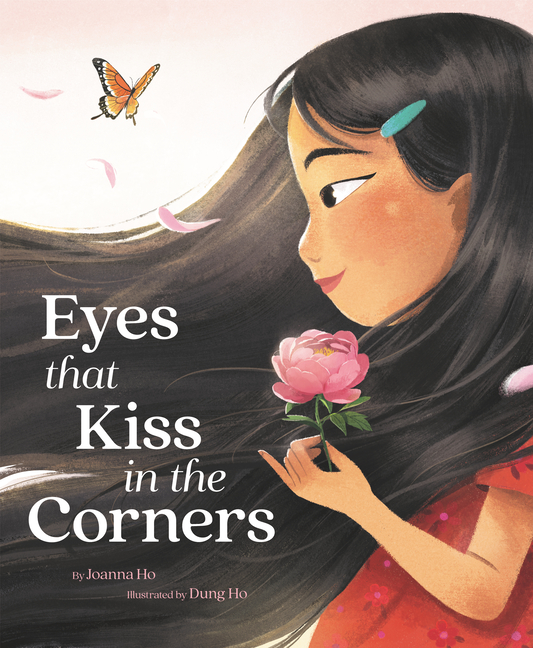
TeachingBooks resources are great for building literacy, prompting discussion, and enriching the world of a favorite book. But they’re also fun to use! In this month’s post, explore some ideas to engage your students in learning that ranges from kinetic to creative.

Meet-the-Author Recordings and Movies
Our Meet-the-Author Recordings and Meet-the-Author Movies feature authors and illustrators sharing their creative process and discussing what inspired their work.
- Follow along with a Meet-the-Illustrator recording to create artwork. Try black and white drawing with Kevin Henkes, thinking about the earth with Michaela Goade, or matching artwork to character with Dan Santat.
- Listen to a recording and then brainstorm questions you would like to ask the author based on what you learned about them and about the book. For example, The Field Guide to the North American Teenager author Ben Philippe shares that he had a visceral reaction to moving to Texas from Canada. We might ask what the hardest adjustment was and what the best part of the move was.
- Post QR code shelf talkers on paint sticks around the school grounds. Take students on an outside break and listen to the recordings on a stroll around the grounds.

Author Name Pronunciations
TeachingBooks has over 3000 name pronunciations from authors who share how to say their name and, often, the story behind it. Find your favorite authors and see what they have to say. Then try experimenting with the ideas below.
- Make up a fictional character. Create a name and a name pronunciation story to go with it. Record in character.
- Listen to several author name pronunciations and think about what they’re sharing. What stories would you like to share about your name? Then record your own name pronunciation!
- Create name pronunciation stories for the characters in a book.

Book Trailers
Book trailers are a great way to build anticipation about a book or practice prediction. They highlight important moments and themes, and they hint at the atmosphere of a book.
- Watch a variety of book trailers and use them as inspiration to create a trailer (or plan a storyboard) for a favorite text.
- After viewing a book trailer, write your own short version of the story. For example, what short story would you tell after watching this quick and jaunty trailer for Ada Twist, Scientist?
- Create a gallery walk with QR code shelf talkers students can watch to get excited about summer reading. Have students then pick a title they would like to read based on the trailer.
- Use a book trailer as the foundation of an improvisational drama activity. Students can watch, plan, and improvise their own version of the story.

Book Readings
From audio excerpts to complete book readings, TeachingBooks offers an array of video and audio read-alouds. These are useful for more than just hearing the story.
- Practice fluency by reading like the author. How does the author add expression and interest, and how can students emulate that? (Joanna Ho’s reading of Eyes that Kiss in the Corners is one lovely example!)
- Have students create their own video book readings.
- Listen to complete readings of a picture book with middle and high school readers for a fun break! Use the Text Complexity Rubric afterward to think about the structure of the story.
- Play the video book reading and have students act out the story in mime or with puppets.
What’s working for you?
We’d love to hear how you’re using TeachingBooks resources in your classrooms and libraries! Leave your ideas in a comment below!

Leave a Reply